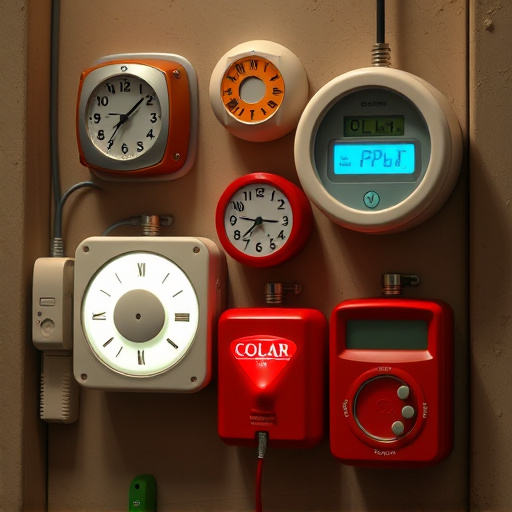The effectiveness of panic alarms relies on their sound dynamics, particularly carry distance, ensuring prompt assistance in emergencies. High decibel ratings (up to 100dB) prevent false alarms and attract attention over long ranges, crucial for large or isolated areas. Understanding the Panic Alarm Sound Carry Distance is key when selecting personal safety tools, empowering users to feel secure and enhancing their awareness.
Personal safety is paramount, and carrying a tool with an alarm function can be a life-saving measure. This article delves into the dynamics of panic alarm sounds, exploring how they work and their impact on alerting others in emergencies. We’ll examine the critical factor of carry distance, ensuring you’re prepared no matter where your travels take you. Additionally, we’ll uncover effective use cases for personal alarms, empowering you with knowledge to stay safe in various situations.
- Understanding Panic Alarm Sound Dynamics
- Carry Distance: Essential Safety Factor
- Effective Use Cases for Personal Alarms
Understanding Panic Alarm Sound Dynamics
The effectiveness of a panic alarm is significantly tied to its sound dynamics, particularly the carry distance of the alarm signal. A well-designed panic alarm emits a loud, distinct sound that can travel across open spaces, ensuring that help arrives promptly in case of an emergency. The decibel level, typically measured in dB, plays a crucial role; higher decibel ratings mean the alarm’s sound penetrates further, making it audible even from a distance. This long-range carry is essential for maximum effectiveness, especially in large or open spaces where sounds can dissipate quickly.
Imagine being in a crowded venue or an isolated area; a panic alarm with optimal sound dynamics ensures that your distress call reaches the intended responders swiftly. The sound’s clarity and intensity should also be considered to avoid false alarms and ensure that the real emergency is addressed immediately. Thus, when choosing personal safety tools equipped with alarm functions, understanding the carry distance of the sound they produce is as vital as their other safety features.
Carry Distance: Essential Safety Factor
The carry distance of a personal safety tool with an alarm function is an often-overlooked yet crucial aspect of its effectiveness. In times of emergency, users need to be able to activate their alarm from a reasonable distance, ensuring that help can arrive swiftly. A panic alarm’s sound should be loud and distinct enough to attract attention, whether the user is in a crowded street or a remote area. This carry distance varies based on the tool’s design and functionality; some devices emit powerful sounds capable of reaching up to 100 decibels, which can effectively startle potential assailants and alert nearby people.
Knowing the specific reach of these tools is vital for users’ peace of mind. A longer carry distance means that individuals can have more time to escape dangerous situations or attract help if needed. Moreover, it encourages users to be proactive about their personal safety, carrying their device with them wherever they go, ensuring that they’re prepared should an unexpected event occur.
Effective Use Cases for Personal Alarms
Personal alarms are versatile tools that can be employed in various situations to ensure personal safety, especially during unexpected emergencies or when one feels threatened. One of their primary uses is as a panic alarm, designed to attract attention and deter potential attackers. The high-decibel sound, often with adjustable volumes, ensures it can be heard over distances, making it an effective deterrent in public spaces.
These alarms are particularly useful for individuals who may find themselves in isolated areas or during outdoor activities. Carrying a personal alarm allows users to quickly activate it upon sensing danger, creating a loud noise that can startle an assailant and draw the attention of nearby people. The carry distance of these devices varies, but many modern models offer signals that can reach up to 100 meters, ensuring a wide range of protection.
Personal safety tools equipped with alarm functions can significantly enhance your peace of mind and protection. By understanding the dynamics of panic alarm sounds, considering the carry distance as a critical factor, and recognizing their effective use cases, you can make an informed decision to ensure your safety in various situations. Incorporating these tools into your personal safety strategy allows you to stay vigilant and prepared for potential emergencies.
